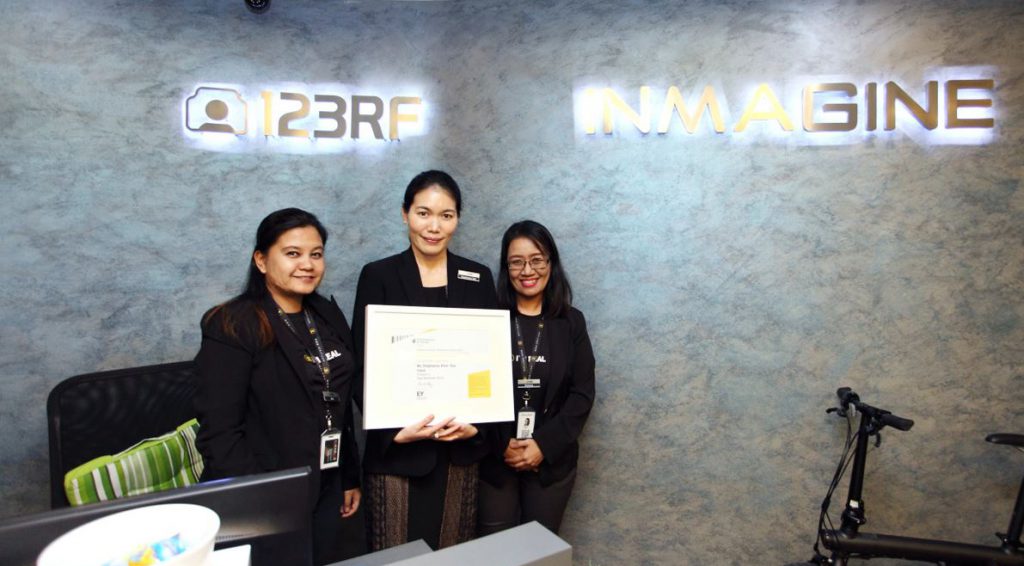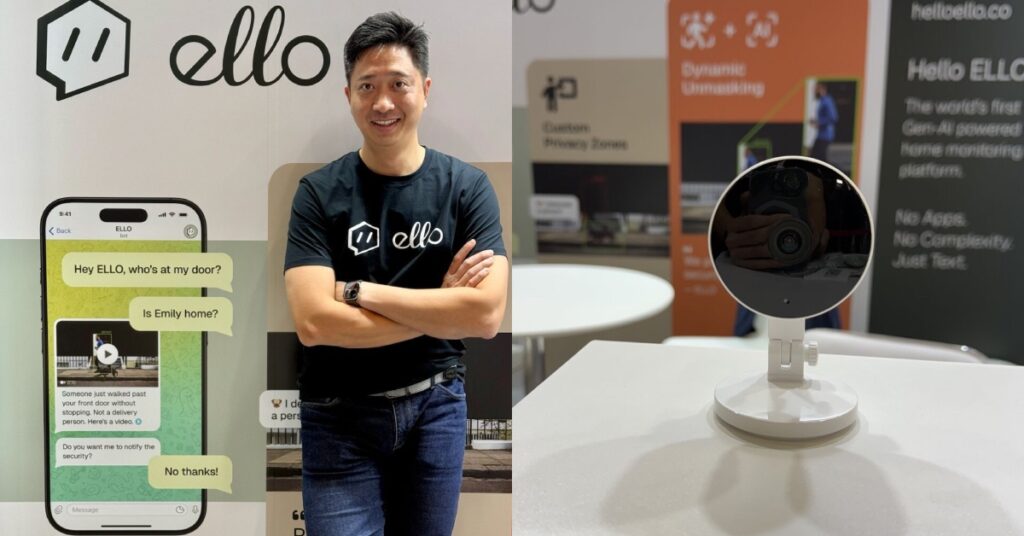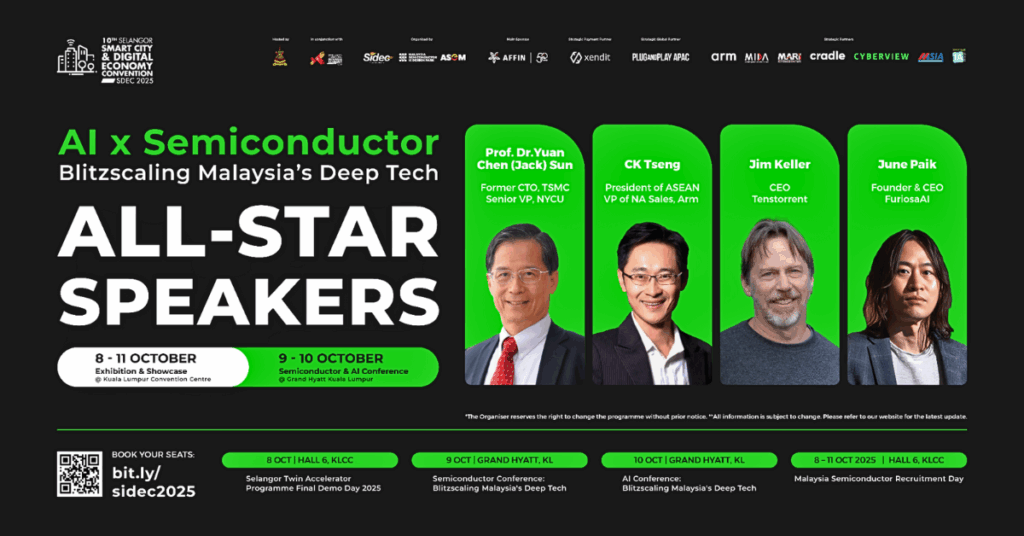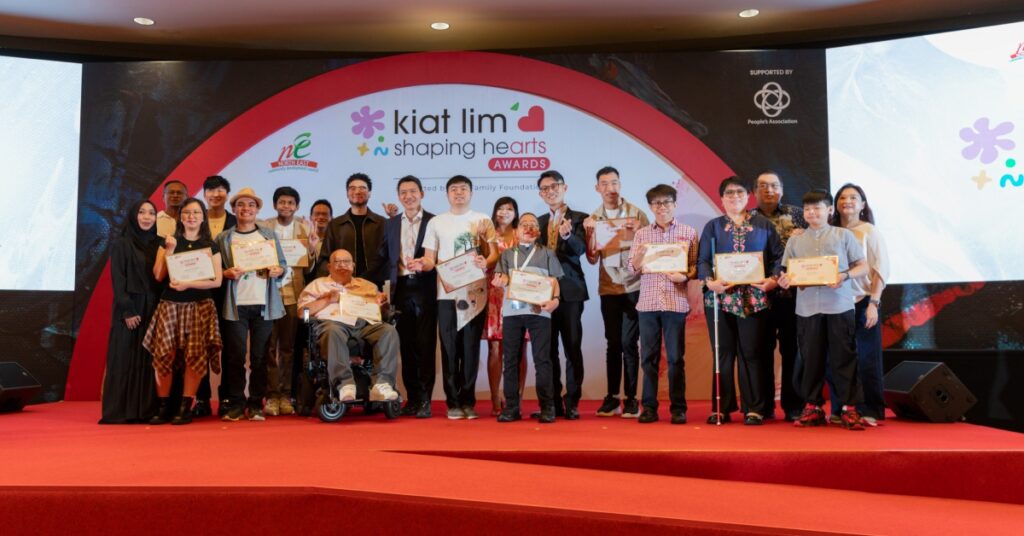Stephanie Sitt, CEO of Inmagine Group and co-founder of 123RF made the keynote speech of MaGic’s GAP Demo Day 2017 to underline overcoming the many challenges one has to face in running a startup.
Having run a bootstrapped startup for 17 years, the Inmagine CEO reminisced about the struggle of her own early days before success came knocking.
Now looking at a valuation of over US$200 million with 16 to 18 million visitors monthly, 123RF has come a long way.
“We were quite broke the first few years as we didn’t pay ourselves salary and delayed it many times. Several times we had to depend on food vouchers for chicken wings which we could claim on the next meal. We were so broke.”
As a dedicated entrepreneur, facing these hardships is part of the package if you want the recognition and kudos of a successful startup. Stephanie shared on some of their initial struggles, and what she and her team had to do to grow.

1. No money or support from relevant organisations.
“In the past, it was a lonely journey,” Stephanie said.
“Not many shared the same mindset to go on an entrepreneurial venture. We mostly had to solve our own problems and had zero mentorship.”
Getting loans in the past was also tough as banks were not so receptive and no one was willing to take the risk with them.
Those days were also lacking in governmental initiatives as they were not active in raising awareness and organising startup-related events.
However, investors and corporates today are more open and willing to put in money for ideas that have the potential to change the world and be a gamechanger in the market.
Stephanie encouraged founders to use this to their advantage by approaching as many investors as they can and taking the effort to socialise during entrepreneurial events as much as possible.
2. Hiring (and keeping) the right people for the startup.

It is vital for founders to choose their team members carefully, as it is these people that will make or break your company. A founder has the duty to communicate clearly to their team, and mould them according to the company’s mission and vision.
Even if you hire the most expensive talent in the organisation, it still wouldn’t guarantee success if you do not manage your talents properly.
Stephanie shares her own personal experience with this lesson in mind; one of her ex-colleagues, Jason, joined the company when he saw that the company had all sorts of facilities in their office—a gym, table tennis, and foosball table—on a brochure he picked up at a job fair.
“As we were expanding we had to fold and keep all these tables away. After 2 years, Jason sent in his resignation letter. During his exit interview, he gave us honest feedback and revealed the reason he was quitting was because we did not deliver what was written in the brochure.”
“We learned two lessons here. Firstly, as we expanded too quickly, we failed to communicate our business goals and objectives to Jason. He didn’t understand why we had to do it.”
This incident served as a wake-up call to her and the company, which led her to step into HR this year and implement a new way on how to manage talent and culture in the company.
3. Reaching out and networking with the right circles.
Networking is another necessity for any company to accomplish their goals.
“Networking is easier for those who graduated from top unis such as Stanford, Oxford, and Harvard. The chances for you to succeed are much higher because you have started your networking ahead of anyone. Friends, alumni, professors, businessmen you meet coupled with hard work, and you will not fail.”
However, this does not mean those without an overseas education cannot succeed as well. Stephanie herself mentioned she never had the chance to study overseas, having graduated with a local twinning degree.
But she was very bold and aggressive when she was young and took criticism as motivation to improve.
“If I can do it, I don’t see why you can’t,” she stated.
4. Knowing what to change and when.
Startups are usually birthed from simple ideas to combat a problem. So the question is, once you make it a business, what do you intend to change and why do you want to change it?
“Some people will tell you to keep it as simple as possible. Others will tell you that it will never be the right time or resources.”
“But you should approach it like you are selling an experience and put an emotional touch in it for your audience.”
Stephanie uses three companies she finds have one similarity in common.
Grab had a foreword on their website that made it relatable for their customers to understand and feel a step closer to them with the issue they were trying to tackle.
Coca-Cola‘s mission statement included refreshing the world to inspire optimism and happiness everywhere.
Hermes, the luxury brand, made its customers wait two years for the limited Birkin bag to entice their desire further.
All successful companies have their priorities thought out—they focus on bringing a memorable experience for all their customers.
So keep your ideas simple, and think about what kind of experience you want to give your customers so that they will come back for more.
5. Setting a vision and moving towards it.
Finally, when it comes to the execution and day-to-day operations, Stephanie reminded the audience to always have a clear vision ahead, but to remain flexible in how they go around achieving it.
“This is not rocket science. As I said, don’t move your goalpost, but change your method to score the goal.”
“As an entrepreneur, you need to be creative and flexible, especially when implementing ideas,” Stephanie said.
“Don’t be over-persistent with one method as you may need to adapt quickly. In these cases, stubbornness can cause more harm than good.”
She added that it was a good idea to listen to well-intended advice from advisors from time to time, but to not make it a habit.
“Because at the end of the day, you are the pilot of your own plane. You lead, and decide to achieve success.”
Also Read: Check Out These 8 Tips From A Pro Photographer That Will Spice Up Your Instafood Game
Feature Image Credit: Inmagine Group











